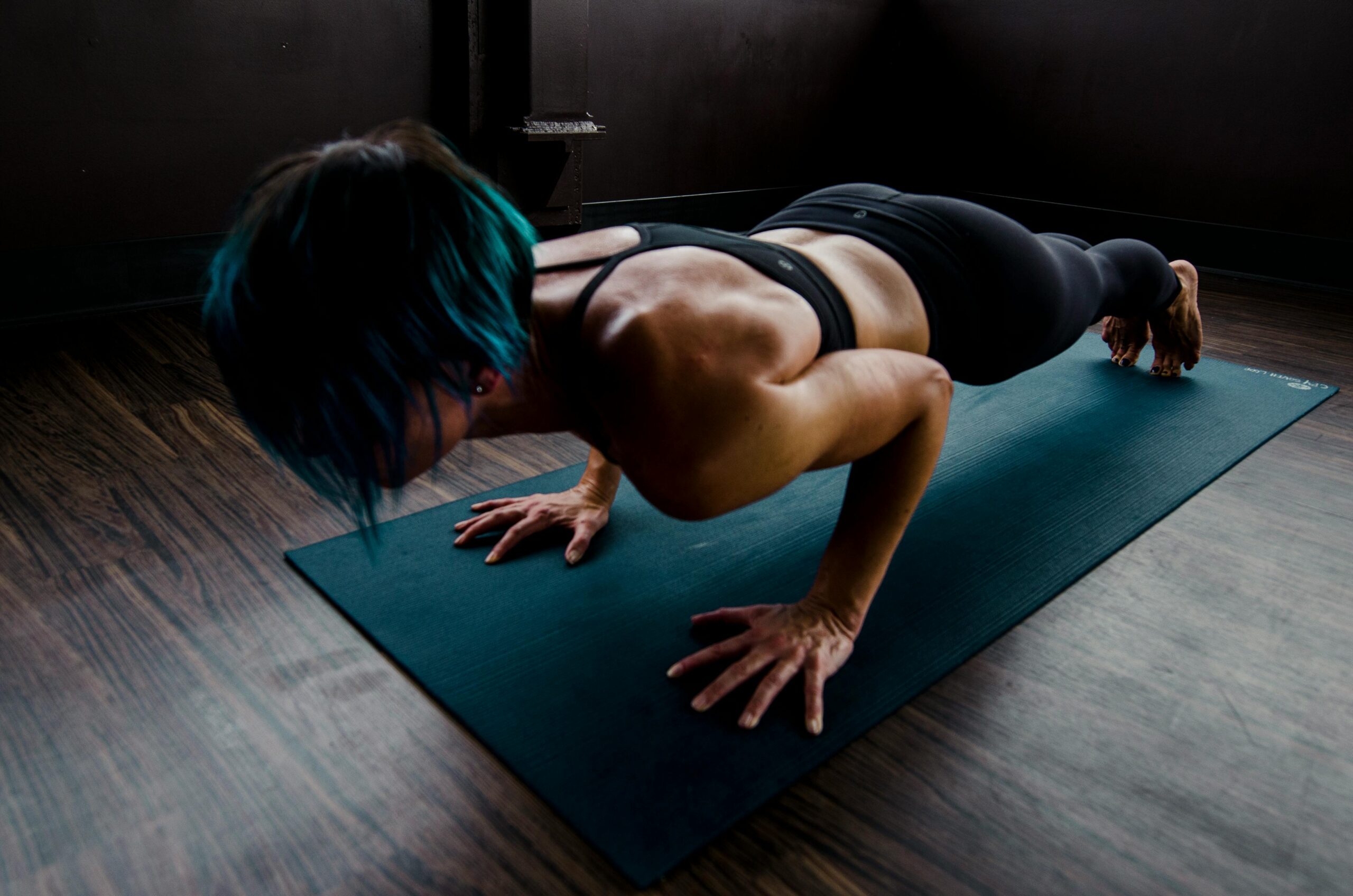Maintaining proper exercise techniques is crucial for maximizing benefits and minimizing the risk of injury. Here are detailed guidelines for various exercises to ensure you perform them correctly:
1. Cardiovascular Exercises:
Running or Jogging:
- Posture: Keep your head up, back straight, and shoulders relaxed. Look forward rather than down at your feet.
- Stride: Take shorter, quicker steps to reduce impact on your joints. Land on the midfoot and roll through to the toes.
- Arm Movement: Keep your elbows bent at 90 degrees, and swing your arms naturally in sync with your stride.
Cycling:
- Seat Height: Adjust the seat so that your knee is slightly bent at the bottom of the pedal stroke.
- Posture: Keep your back straight and shoulders relaxed. Avoid leaning too far forward.
- Pedaling: Push down on the pedal with the ball of your foot and pull up smoothly to complete the cycle.
Swimming:
- Breathing: Practice rhythmic breathing, turning your head to the side to inhale and exhaling underwater.
- Stroke Technique: Ensure proper form for each stroke (freestyle, breaststroke, backstroke, butterfly) to maximize efficiency and reduce strain.
2. Strength Training Exercises:
Squats:
- Stance: Stand with feet shoulder-width apart, toes slightly turned out.
- Movement: Lower your body by bending your knees and hips, keeping your chest up and back straight. Your knees should not go past your toes.
- Depth: Aim to lower until your thighs are parallel to the ground, or as low as your flexibility allows.
- Return: Push through your heels to return to the starting position.
Push-Ups:
- Hand Placement: Place your hands slightly wider than shoulder-width apart.
- Body Alignment: Keep your body in a straight line from head to heels, engaging your core.
- Movement: Lower your body by bending your elbows, keeping them close to your body. Push back up to the starting position.
Deadlifts:
- Stance: Stand with feet hip-width apart, barbell over your mid-foot.
- Grip: Grip the bar just outside your knees with a neutral or mixed grip.
- Movement: Hinge at your hips and knees to lower and lift the bar, keeping your back straight and chest up.
- Finish: Stand tall at the top, squeezing your glutes without leaning back.
3. Flexibility and Balance Exercises:
Yoga Poses:
- Downward Dog: Hands and feet on the ground, hips raised to form an inverted V. Keep your back straight and heels pressing towards the ground.
- Warrior Pose: Stand with legs wide, turn one foot out, and bend the front knee. Extend arms parallel to the ground, and gaze over your front hand.
Pilates Exercises:
- The Hundred: Lie on your back, lift your legs to a tabletop position, and raise your head and shoulders. Pump your arms up and down while inhaling and exhaling for a count of five each.
- Leg Circles: Lie on your back with one leg extended towards the ceiling. Circle the leg clockwise and counterclockwise, keeping your core engaged.
Tai Chi Movements:
- Slow and Controlled: Perform movements slowly and smoothly, focusing on balance and fluidity.
- Breathing: Synchronize your breathing with your movements to enhance relaxation and focus.
4. Core Exercises:
Planks:
- Starting Position: Place your forearms on the ground, elbows directly beneath your shoulders.
- Body Alignment: Keep your body in a straight line from head to heels, engaging your core.
- Hold: Maintain this position without letting your hips sag or rise for the desired duration.
Bicycle Crunches:
- Starting Position: Lie on your back with hands behind your head, knees bent.
- Movement: Bring one knee towards your chest while twisting your torso to touch the opposite elbow to the knee. Alternate sides in a pedaling motion.
Russian Twists:
- Starting Position: Sit with knees bent, lean back slightly, and lift your feet off the ground.
- Movement: Twist your torso to the right and then to the left, holding a weight or medicine ball. Keep your core engaged throughout.
5. High-Intensity Interval Training (HIIT):
Burpees:
- Starting Position: Stand with feet shoulder-width apart.
- Movement: Drop into a squat, place your hands on the ground, and kick your feet back into a plank. Perform a push-up, then jump your feet back to your hands and explode into a jump.
- Repeat: Perform each burpee fluidly, aiming for maximum intensity.
Sprints:
- Warm-Up: Start with a light jog or dynamic stretches.
- Sprint: Run at maximum effort for a short distance (e.g., 100 meters).
- Rest: Walk or jog slowly to recover before the next sprint.
By adhering to proper techniques for these exercises, you can enhance your workout effectiveness, prevent injuries, and achieve better overall fitness results. Always start with a proper warm-up and finish with a cool-down to maintain flexibility and muscle health.
